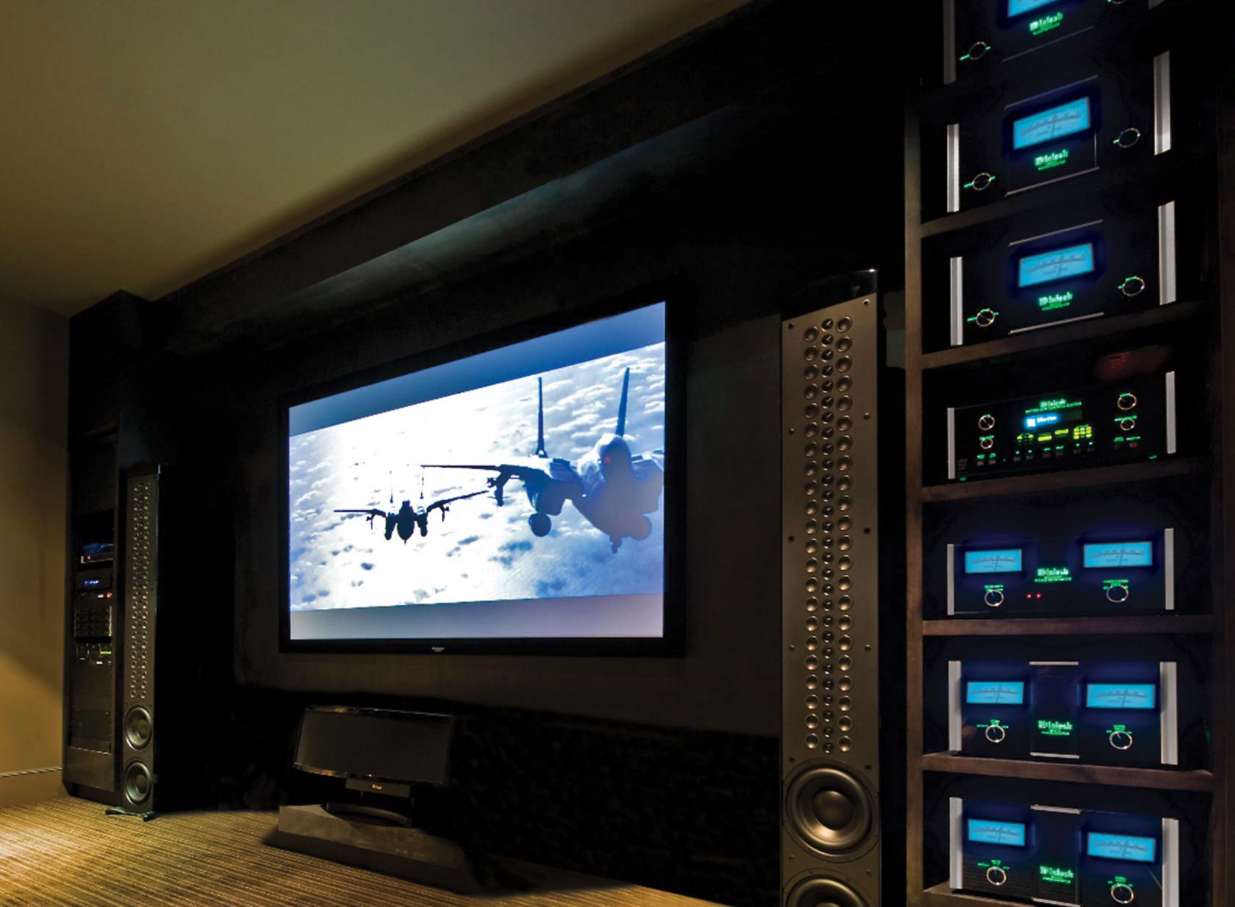Audio Visual – The World of Sound and Sight
Audio visual is the world of sound and sight – everything from the presentation equipment at your conference to the lighting design for your stage show. AV is an important consideration for every event, from small meetings to large conferences and presentations.
Working with a firm that designs and integrates AV means you get a solution crafted specifically for your space and needs. Here are a few key things to consider when planning your AV.
Sound
Sound is an integral part of audio visual information. Whether it’s the music used to set the tone for a presentation or the microphones and speakers that ensure delegates can hear presentations clearly, sound quality is crucial. Just like a great film, good sound design is often overlooked but does so much for the experience.
AV equipment can be used for many things, from connecting professionals in corporate conference rooms to broadcasting live productions. It can also be used in educational settings to help students stay engaged in lectures.
Aside from equipment installation, AV specialists also have the responsibility of designing and planning a system for each individual space. This includes creating control system layouts, user interfaces and architectural drawing packages. They must ensure that ADA (Americans with Disabilities Act) requirements are met to make sure that everyone can access the technology. This can include adding voice activation features or ensuring that switches are placed at a height where people with disabilities can reach them.
Lighting
The word ‘audio visual’ is bandied about a lot, but it’s not easy to define in the context of event production. At the most basic level AV is about using sound and vision to communicate, but it’s also about adding theatre and creating immersive experiences.
Whether that’s a set design, lighting display or even an animated backdrop to support a keynote speaker, great AV can help you tell your business story with every sense. Taking the time to consider what you want to communicate with your audience, and a skilled integrator to deliver it on-brand, is vital.
Rigging is another important consideration – it’s the equipment providers rely on to suspend large-scale projectors, speakers and lighting from venues and rooms. This will often come down to ceiling height and load-bearing capacity, so be sure you’re aware of these limitations before approaching an AV specialist. This will save you both time and money in the long run.
Visuals
Audio visual equipment is a combination of sound and video and is often used in education, business and entertainment. It may include things like projectors, video screens, microphones, web streaming equipment and even broadcasting equipment.
AV aids are an excellent way to reinforce and promote learning of a topic or a protracted amount of time. The mixture of sound and light helps most people retain information for a longer period of time.
Working with a firm that can both design and integrate AV solutions is important, as it will allow you to have input earlier in the process. This will ensure that the system is designed to fit your needs. It will also help prevent you from getting a cookie-cutter solution that doesn’t meet your needs or expectations. It will also allow you to take advantage of a wide range of equipment to best suit your space. This can increase your brand awareness and create greater marketing ROI.
Presentation
AV equipment can take your presentations to the next level, supercharging engagement with investors, clients and employees. It can also help you reach key business development targets.
Handouts, especially maps, charts or tables, are useful audio visual aids in that the audience, particularly a large one, can get a finer appreciation of details which cannot be enlarged on a screen. However, a speaker cannot “control” the use of such materials in the same way that he can control a projection screen.
Similarly, the uncontrollable physical surroundings of a presentation room can have either an aid or a hindrance to the effectiveness of a speech, and a planner should therefore make certain that the speaker is given a choice between a sound slidefilm (an aid) and a paneled modern meeting room with indirect lighting (a hindrance). A confidence monitor is a device which, through image magnification, shows the speaker what the audience will see. It can be used to display the master PowerPoint slides and a presenter’s notes – thereby relieving the presenter of the need to continually turn around.

